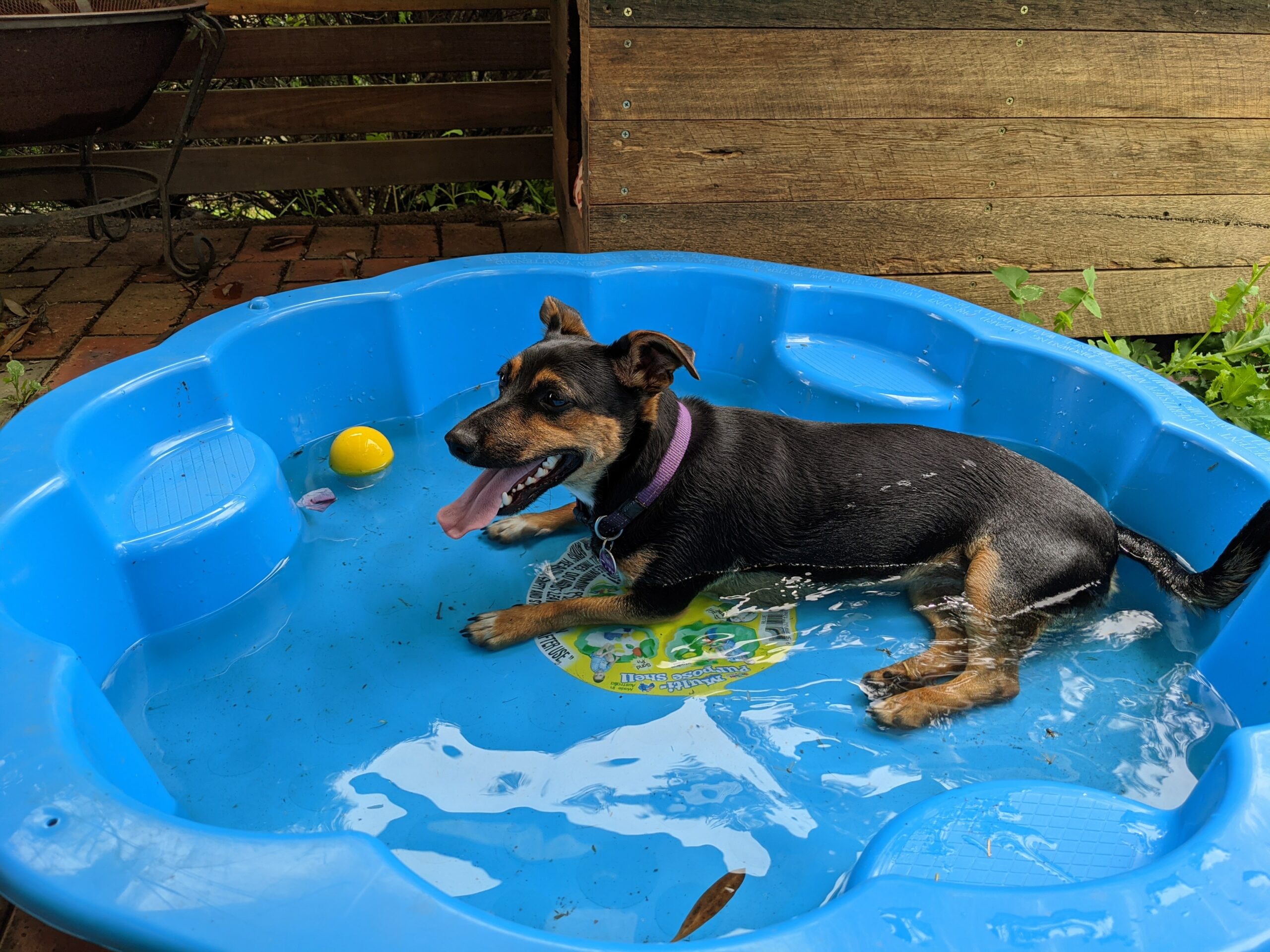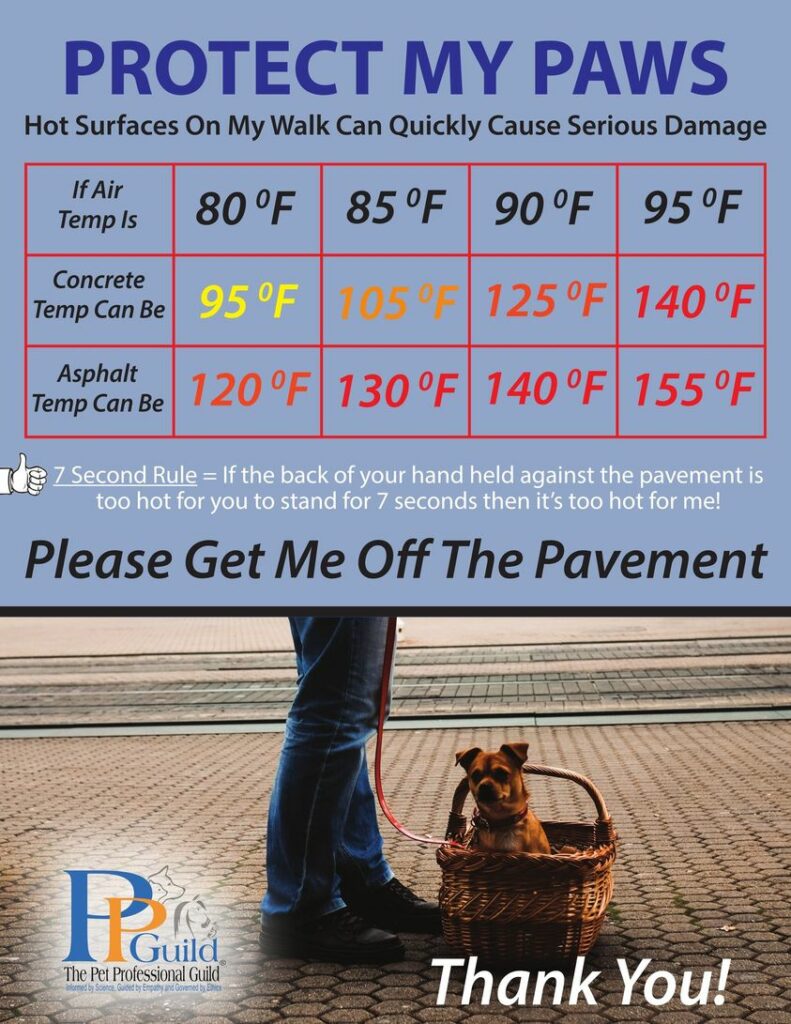Pets and Their People Blog
How Do Dogs Cool Down?
Your dog has three ways to help keep cool in hot conditions; panting, sweating and blood vessel expansion. On very hot and humid days, even with a few cooling systems on board, our pets can still struggle to regulate their temperatures. Running, hard play, direct sun and other variables can create a potentially dangerous situation for your dog when it is hot. As pet guardians we need to make sure that our pets’ environment keeps them cool and safe.
Panting – Respiratory Process

The sweating process for dogs Is actually a very small part of how your dog keeps cool. Panting is the more effective way a pooch gets and stays cool. When your dog pants this controls and regulates their body temperature. During the panting process, moisture is evaporated from their nose, tongue and lungs. The air passing across moist tissue helps cool them down. So, imagine if you walk your dog in hot temperatures and they pant, the air being taken in during each pant is already warm and therefore ineffective at helping cool them down. Combine this with the location of their sweat glands (see below), on their paws, and we have a potentially very dangerous situation.
Sweating – Two Types of Sweat Glands
Did you know that dogs have two types of sweat glands? Merocrine glands and apocrine glands. Merocrine glands are very much like our sweat glands and are located in your dog’s paws. When a dog gets hot the sweat glands are activated and this helps to cool them down. For cooling to take place the sweat needs to evaporate. This is why the glands are found in areas with little fur. Now the apocrine gland doesn’t really work like our sweat glands. The main purpose of this gland is to release pheromones to cool off your pet. These glands are located all over the dog’s body and serve to support your dog with canine scent and recognition.
Vasodilation – Blood Vessel Expansion
Dogs also rely on something called vasodilation to help cool them. Vasodilation is when the blood vessels expand and take hot blood closer to the surface of the skin which enables the blood to be cooled down before it returns to the dog’s heart. This helps regulate your dog’s internal body temperature.
Keep Your Pet Safe

- When temperatures get too hot for us then our dogs are uncomfortable too. Show caution anytime the weather is hotter than 75 degrees Fahrenheit.
- Always take into consideration the heat index, this is a combination of the temperature and the humidity in the air.
- Make sure your pet always has access to clean fresh water. Water should be close on hand and your dog shouldn’t have to search for it.
- Protect your pets’ paws from hot surfaces.
- Restrict outside exercise in warm weather.
- Walk pets early in the morning and later in the evening when the ground and air are cooler.
About the Author
Niki Tudge MBA PCBC-A CABC CDBC is the founder and president of the Pet Professional Guild , DogNostics Education and The DogSmith. She has substantial leadership experience in business management and administration, particularly in the nonprofit sector, which encompasses her role as the president of Doggone Safe, a nonprofit educational organization. She has published numerous articles, which have been featured in publications such as the New York Times. She has also authored five books; her most recent project, Pet Training and Behavior Consulting: A Model for Raising the bar to Protect Professionals, Pets and Their People, which she co-authored, was published in 2019.


